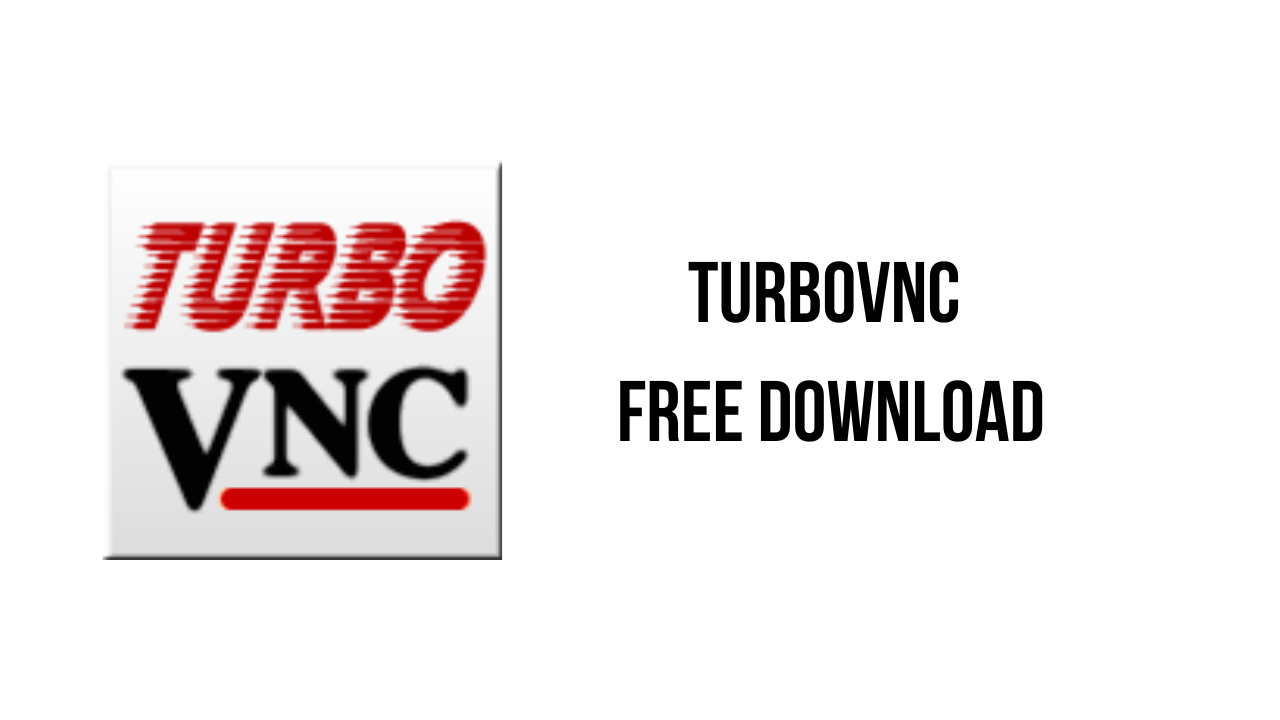About the software
Virtual Network Computing (VNC) is a remote display system that allows you to view and interact with a desktop environment that is running on a remote computer. Using VNC, you can run graphical applications on a remote machine and send only the pixels generated by those applications to your local machine. VNC is platform-independent and supports a wide variety of operating systems and architectures as both servers and clients.
TurboVNC is a high-speed version of VNC derived from TightVNC. It contains a variant of Tight encoding that is tuned to maximize performance for image- intensive applications (such as VirtualGL, video applications, and image editors) while still providing excellent performance for other types of applications. TurboVNC, in combination with VirtualGL, provides a complete solution for remotely displaying 3D applications with interactive performance.
The main features of TurboVNC are:
- Fine-grained control over the JPEG image quality and the level of chrominance subsampling
- Double buffering on the client side to reduce tearing artifacts in 3D and video applications
- Flexible and configurable full-screen/multi-screen support
- Full support for IPv6
- Advanced flow control and continuous updates. This allows clients to receive framebuffer updates without specifically requesting them, which can improve performance dramatically on high-latency connections.
- Authentication with one-time passwords or Unix login credentials. Access control lists can be used to share VNC sessions with only certain users.
- TurboVNC allows security/authentication policies to be set globally for a particular server machine.
- Multithreaded Tight encoding
- “Lossless refresh” allows a viewer to request a lossless copy of the current screen image. This is useful in situations in which image quality is critical but the network is too slow to support sending a high-quality image for every frame. Lossless refreshes can be performed manually when a certain hotkey is pressed, or the TurboVNC Server can be configured to send a lossless refresh automatically if the user stops interacting with the application for a certain period of time.
- A high-performance Java viewer, deployable using Java Web Start. This viewer is based on the TigerVNC Java viewer but has numerous additional features, the most notable of which is the ability to accelerate JPEG decompression by calling libjpeg-turbo through JNI. This gives the Java TurboVNC Viewer similar levels of performance to the native TurboVNC Viewer.
TurboVNC v3.0.1 System Requirements
- Operating System: Windows 11, Windows 10, Windows 8.1, Windows 7
How to Download and Install TurboVNC v3.0.1
- Click on the download button(s) below and finish downloading the required files. This might take from a few minutes to a few hours, depending on your download speed.
- Extract the downloaded files. If you don’t know how to extract it, see this article. The password to extract will always be: www.mysoftwarefree.com
- Run the “TurboVNC-3.0.1.exe” and install the software
- You now have the full version of TurboVNC v3.0.1 installed on your PC.
Required files
Password: www.mysoftwarefree.com
